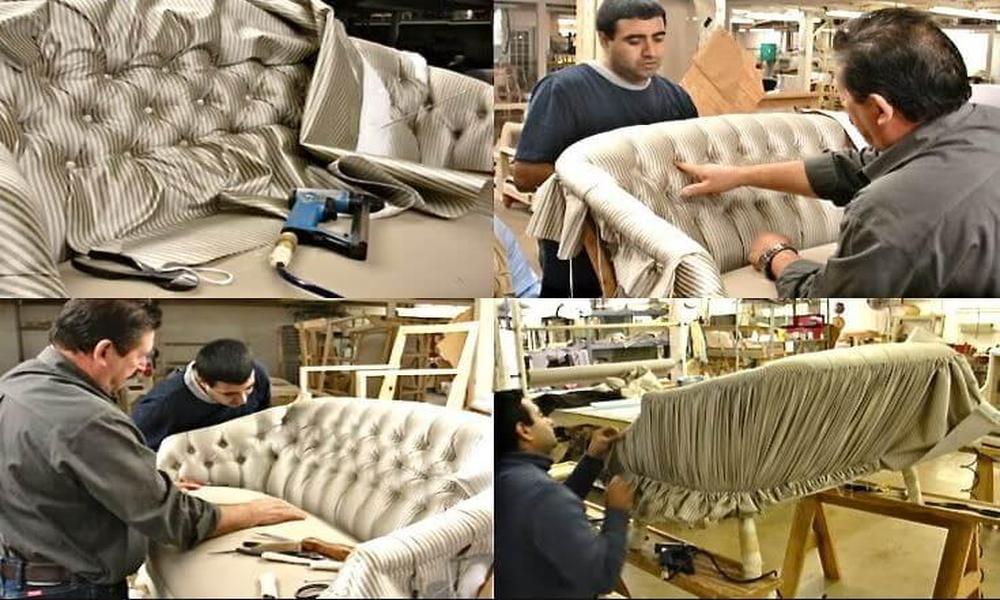There are various types of sofa upholstery materials available in the market. One of the most common types is fabric upholstery. This type of upholstery is suitable for those who are looking for a wide variety of colors and patterns. Cotton, wool, silk, and polyester are some of the most commonly used fabrics for upholstery. Leather upholstery is another popular option. Leather is durable, and it gives furniture a classic look. Faux leather is a cheaper alternative to genuine leather and has a similar appearance.
Another type of upholstery material is vinyl, which is suitable for outdoor furniture. It is weather-resistant and easy to clean. Microfiber upholstery is a newer type of material that is known for its softness and durability. It is easy to clean, and it resists stains well.
Benefits of upholstery
One of the most significant benefits of upholstery is that it can extend the life of your furniture. When furniture becomes old and worn, it can be tempting to replace it with something new. However, upholstery can breathe new life into old furniture and make it look new again.
Another benefit of upholstery is that it can provide a new look to a room. By choosing a different fabric or color, you can give your room a fresh and updated appearance. Upholstery can also help you create a cohesive look in a room by matching your furniture with your decor.
Upholstery can also make furniture more comfortable. New padding can be added to seats and backs, making them more comfortable to sit on. This is especially important for chairs and sofas that are frequently used.
Upholstery process step by step
The upholstery process involves several steps. The first step is to remove the old fabric or covering from the furniture. This is done by carefully removing the staples or tacks that hold the old fabric in place. Once the old covering is removed, the furniture is inspected to ensure that it is structurally sound.
The next step is to add new padding if necessary. This can involve adding foam, cotton batting, or other materials to make the furniture more comfortable. The new padding is attached to the furniture using staples or tacks.
After the padding is in place, the new fabric or covering is added. This involves measuring and cutting the fabric to fit the furniture correctly. The fabric is then attached to the furniture using staples or tacks.
Once the new fabric is in place, any finishing touches are added, such as decorative trim or buttons. The finished piece is then inspected to ensure that it meets the client’s expectations.
Upholstery is a process that can give old furniture a new lease of life, provide a new look to a room, and make furniture more comfortable. With a wide variety of upholstery materials available, there is something to suit every taste and budget. By understanding the upholstery process and its benefits, you can make an informed decision about whether it is the right choice for your furniture.

